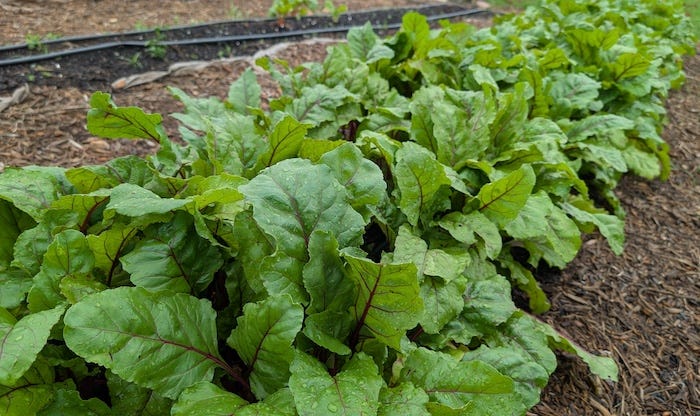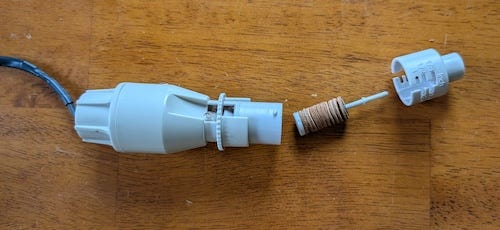Raspberry Pi Internet of Things - part 6
Raindrops Keep Falling On My Head
In a previous episode, I wrote about controlling the water flow to the crops using irrigation valves. Today, let’s try to answer the question, “Did Mother Nature take care of watering for me, or do I still need to do it?”
Since we are building an irrigation system, not a weather station, I don’t really need to know the amount of rain, but I do need to know if it rained enough.
To answer this question, we can turn to a rather ingenious and yet low-tech method, the Hygroscopic Disc.
Hygroscopic Discs
“Hygroscopic” refers to a substance’s ability to absorb moisture. Cork, for example, has a cellular structure that allows it to absorb and release moisture without deteriorating, and in a rather predictable manner.
As the cells in a piece of cork take in moisture, they expand. We can use this behavior to activate a spring-loaded switch. When the discs dry out and contract, the spring causes the switch to release.
In 1972, Gordon Klinefelter invented such a device: the “Moisture Responsive Switch Actuator.” Later, in 2001, Paul Klinefelter improved on this patent: “Quick shut-off extended-range hygroscopic rain sensor for irrigation systems”.
Are Gordon and Paul Klinefelter related? I could not find out, but I bet it makes for a great story.
The discs are housed in an assembly with openings to let rainwater reach them and subsequently drain out. Depending on the intensity of the rainfall, the switch will activate until the discs dry out again. The switch gives us a true or false value that we can use to interrupt or delay our watering system.
I was able to find a few different hygroscopic disc rain sensors on the market; they pretty much function the same way. (The best I can tell is that the patent expired in 2021.)
They appeared quite interchangeable and fairly inexpensive. All of them were adjustable. The Rain Bird unit featured replaceable discs for about $8.00, but could not detect freeze conditions.
Electrically, these sensors present as nothing more than a SPST switch, making it easy to hook up to a Raspberry Pi GPIO pin. Don’t forget to add a pull-up resistor or program the port accordingly.
You might also consider hooking up the contact through an opto-isolator, just in case the wiring to the rain sensor takes an electrostatic hit.
While these sensors aren’t incredibly accurate, ranging from 27% to 97%, they’re probably good enough for irrigation use.
If you want to dig deeper, I recommend this research paper, “Long Term Expanding-Disk Rain Sensor Accuracy,” from the Journal of Irrigation and Drainage Engineering.
Down the road, I plan to investigate tipping bucket and optical rain gauge systems. I’ll write about it later if I can get the cost down low enough.
This post is part of the Off-Grid Farm Automation with Raspberry Pi series — a full DIY walkthrough of building a self-hosted system for sensors, valves, and automation, no cloud required.





